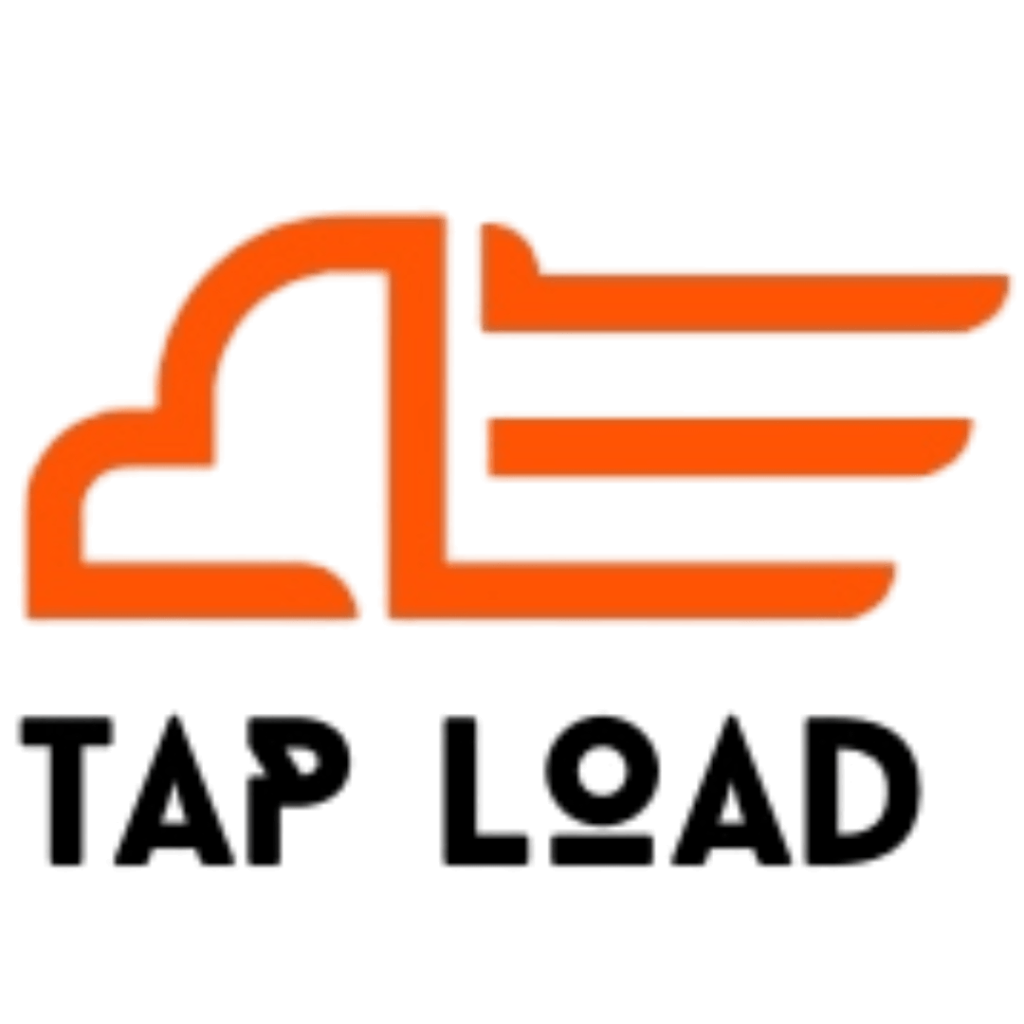As logistics moves into a new era of automation and efficiency, the time has come to re-think the way we monitor freight. Weighbridges and manual inspections are no longer adequate for high-speed, high-volume transportation. Tap Load introduces to market a thinking-ahead alternative founded on embedded sensor technology, secure design, and advanced analytics. This blog breaks down the science behind the innovation of Tap Load and explains why it is a gigantic leap in freight tracking, not just as a product but also as a column of industrial revolution.
The Role of Cargo Weight Analytics in Road Safety
Freight collisions are often a result of unrecognizable imbalances, misaligned axle loads, or over-limit gross weight, all of which are preventable with advanced cargo weight analytics. Unlike the legacy weighbridge systems that offer point-in-time readings, advanced cargo weight analytics leverage continuous input from sensors placed strategically. Advanced analytics provide real-time calculations for load distribution, axle stress, and critical stress points derived from statistical models and physics-informed algorithms (Journal of Freight Transport Engineering, 2023).
Cargo weight analytics are also valuable in avoiding accidents. For example, where lateral weight imbalance is indicated while taking a high-speed curve, predictive algorithms can produce alerts and even adjust braking through interfacing with fleet control systems. By incorporating this insight within the transport process, products like Tap Load shift cargo safety go from reactive to proactive.
In practice, the use of cargo weight analytics increases levels of compliance, reduces insurance liabilities, and extends vehicle life, all through data-driven insight.
Understanding Load Imbalance and Torque Dynamics
One of the most overlooked risks in transportation is load imbalance, a insidious force that can move a vehicle’s center of gravity and result in rollovers or axle failure. Asymmetric loading of trailers can be intensified by turning, braking, or road bumps, which increase inertial forces. These are Newtonian phenomena, where any displacement of mass creates a torque vector around the rotational center of the vehicle (Mechanical Transport Review, 2024).
For the detection and correction of load imbalance, modern embedded systems incorporate gyroscopes, strain gauges, and pressure mapping to model real-time torque flow. Tap Load, via its multi-point sensing system, quantifies vertical and lateral shifts, with accurate load imbalance detection even during transit. This transparency enables fleet managers to balance misloads before departure and be warned of dynamic shift in transit.
Load imbalance pattern modeling based on science has shown a measurable decrease in incident rates when utilized with advanced detection technology. This is not speculation, it’s science-based, physics-proven safety.
Inside Thermal Sensors
The growth of thermal sensors deployed within logistics is a major shift in cargo environmental monitoring. Unlike pressure-only or mechanical strain-based systems, thermal sensors can detect even slight variations in temperature distribution from moving loads or external sources of heat like engine exposure. This makes them qualified to detect unusual patterns that can indicate load imbalance, material stress, or even mechanical failure (Sensors & Systems, 2023).
In Tap Load, thermal sensors are embedded directly into cargo platforms in a network that monitors micro-thermal fluctuations across points of contact on a surface. Machine learning models trained on millions of thermal points interpret these inputs to identify abnormal deviations. Unlike human eye inspection or conventional systems, thermal sensors give a non-invasive and self-calibrating mode of predictive cargo monitoring.
This solution also supports fleet control systems with live trailer condition heat maps. The result? Less surprise out there on the road, more repeatable routing, and measurable reductions in cargo damage and fuel expenses.
Fleet Control Systems and Predictive Integration
As the pressure to be more efficient and comply with weight regulations mounts, transport operations are investing in fleet control systems that provide centralized monitoring and command. These systems are a hub for streams of data from GPS and tire pressure to cargo weight analytics and environmental sensors. Tap Load inserts directly into such infrastructures by delivering tamper-proof weight and load imbalance data every second.
Modern fleet control systems utilize this data not only for compliance reporting but also for predictive incorporation. This entails using historical data from thermal sensors, acceleration events, and weight transfers to predict future maintenance needs or operational risks (Intelligent Transportation Systems Journal, 2023).
With Tap Load, a shipping provider can view the complete life of a shipment, with specifics of when and where each change of shift occurred, and how much stress it accumulated. This kind of tracking makes fleet management go from reactive to strategic and erases breakdowns, fines, and delays.
Future-Proofing Transportation with Sensor Fusion
With the growing smartness of transport, sensor fusion is at the heart of next-generation vehicle design. Sensor fusion gleans data from multiple sources, pressure, torque, thermal, gyroscopic, and combines it into a single model giving a rich picture of the state of the freight. This is the principle behind Tap Load’s operation, and it’s also an industry trend toward multi-modal sensing and AI-driven decision-making platforms (Advanced Vehicle Systems Quarterly, 2023).
For instance, when temperature sensors detect an influx of heat and pressure sensors detect corresponding imbalance, the joint signal enables the system to predict a likely load imbalance event before its influx. It not only saves cargo, but prevents driver injury and potential road closures.
Secondly, predictive tools in fleet control systems can program automatic checks based on sensor fusion notifications. Downtime is minimized, and companies avoid being in constant violation of regulations through their over-reliance on manual inspections.
Conclusion
Logistics is no longer just about transporting goods, it’s about knowing them in transit. Innovations such as Tap Load take advantage of sensor networks, thermal mapping, and sophisticated fleet control systems to provide a level of visibility into freight movement never before seen. This is not an enhancement, but a redefinition of logistics as a predictive, secure, and optimized process.
Based on the physics of load imbalance laws, cargo weight analysis, and thermal sensors, this technology creates safer roads and smarter fleets. Companies that fail to adopt such tools not only risk lagging behind in efficiency but also in regulatory and safety compliance. Those investing now, however, will lead the way with the next generation of smart transport.

